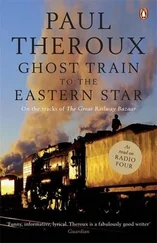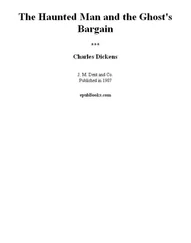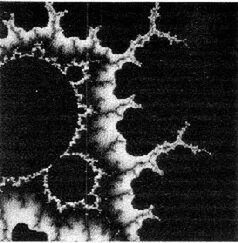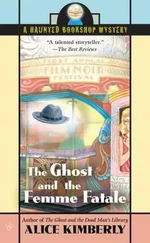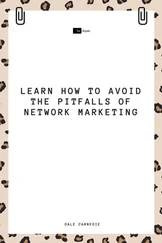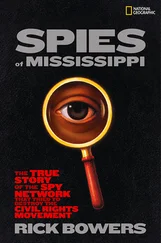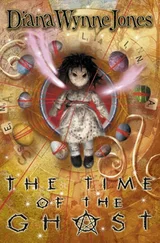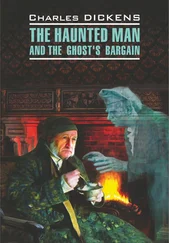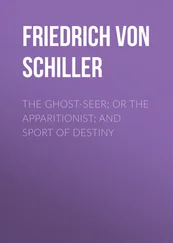De Poisson relays certain events in Monson’s life with the disclaimer that the stories “may have been altered by popular fable and rumor,” ‡including the story of how Monson became an apprentice navigator on Christopher Columbus’s second voyage to America by poisoning the intended assistant cartographer, Lucas Wadsworth.
That particular episode began on October 12, 1493, in a rough port on a rain-soaked Canary Island, the evening before Columbus’s second fleet set sail for the New World. Wadsworth went to a pub in the port town Palos de la Frontera for a last hurrah before months of toil and exhaustion. He drank heavily and bragged loudly about his imminent voyage, especially to a baby-faced, red-cheeked boy, about twenty-two years old, who bought him drinks and begged to hear all the details of his upcoming trip. After a few hours of drinking, Wadsworth keeled over, foaming at the mouth. The baby-faced boy told the owner of the pub that he would carry Wadsworth to the docks, where he could pass out near his ship and stumble aboard in the morning. Instead of taking him to the docks, the boy put Wadsworth in a wheelbarrow and pushed him to the local general practitioner, who immediately recognized that Wads-worth had been poisoned. The boy told the doctor that he found Wadsworth in that condition on the side of the road and picked him up; the doctor tipped the boy for his trouble.
The next morning, “Luke Wadsworth” reported for duty on Columbus’s flagship vessel, the Marigalante . Columbus noted in his captain’s log: “The assistant cartographer, while a man of twenty-two, has the face of a child. He insists he is up for the task and indeed carries his own equipment, which he has himself constructed.” §While the real Wadsworth struggled to stay alive in a nearby hospital (he eventually pulled through), Monson sailed toward America under his name.
Columbus’s primary cartographer, Juan de la Cosa, suffered from terrible seasickness. Constantly nauseated, he spent most of his time in his quarters with a compress on his forehead. He passed his duties off to “Wadsworth.” Columbus and Monson quickly became close. Monson confessed his secret to Columbus, who took the revelation well: “Young Wadsworth actually called Monson. Will never remember to use new name.” ǁColumbus was true to his word; in later entries in his Captain’s Log, Columbus continued to call Monson “Wadsworth.”
Columbus’s fleet made excellent time. Seventeen ships and approximately one thousand men reached what are now known as the Caribbean Islands on November 3, 1493. While Columbus explored the islands, searching in vain for the mainland of either China or Japan, Monson stayed at a settlement called Isabella, working on his maps with de la Cosa, who had recovered as soon as his feet touched land. Monson, still working under the name Wadsworth, then served as a deputy to Columbus during the disastrous year and a half when Columbus was Governor of the settlements on the newly discovered islands. In April of 1497, Columbus decided to return to Spain on the Marigalante to beg for more supplies to help the struggling colonies. Monson accompanied him on his voyage; de la Cosa stayed behind to work on a series of maps of the islands.
On the voyage home, Columbus and Monson grew even closer. The two often dined together, discussing mapmaking, the period’s equivalent of deep-sea fishing, and the relative importance of Greek philosophy. Columbus asked Monson to proofread an account of his second trip, which he submitted to various newspapers in Europe. Monson advised him to gloss over a few of the hardships of the colonies, specifically the difficulties of living without access to medical technicians. On March 26, the Marigalante anchored in Lisbon to pick up supplies before continuing on to Spain. Monson chose to leave the ship rather than accompany Columbus on the last leg of the journey. Records indicate the two never reunited. Monson traveled home to France on horseback, arriving just in time to see his father die.
After burying his father, Monson started publishing his maps. As Columbus’s secondary cartographer, and with the primary cartographer still abroad, Monson’s maps were in high demand, considered by shipmen and collectors to be the most accurate trans-Atlantic maps on the market. Monson made enough money selling maps to purchase a farm large enough to support himself, his wife, and his two living brothers. He also bought a coach and stabled four horses.
For two years, Monson lived well. Then his maps reached Spain. Columbus was appalled. Every single map (except one, the very first topographical map of Sable Island, then called Fagunda) had huge flaws; mistakes so large Columbus believed they had to have been made intentionally. Existing islands were left off the maps. Open stretches of ocean were decorated with nonexistent archipelagos. Shorelines were distorted. Columbus immediately denounced the maps and sent word to his royal patrons, the Spanish King Ferdinand and Queen Isabella, as well as King Charles VIII of France, explaining that Monson’s maps were riddled with falsities—“errors,” Columbus insisted, “which have no other explanation than to have been intentionally made. I have shared many meals with Monson and reviewed his drawings and notes extensively. What I saw then were accurate depictions. What he has now produced don’t reflect the notes I examined. His published maps are distortions.” aMonson was discredited, his work was thrown out, and for his affront to the good name of French cartography, King Charles exiled him. Monson didn’t appear in court to hear his short trial, but he must’ve gotten word of the verdict, because he was never seen again in France. De Poisson’s biography ends with Monson’s disappearance. For centuries, that was the last word on Antoine Monson.
Although de Poisson’s text reads like a rigorously researched account, there’s a very real possibility that he was wrong. According to public record, no one named Antoine Monson was born or lived in France during the Exploratory Age. It is simple, however, to find the birth records of an Antoinette Monson.
In 1921, a Harvard-educated historian named Simon Charles published a response to de Poisson’s work, a detailed counter-biography of Monson called History’s Most Hated Cartographer: The New Biography of Antoine/Antoinette Monson . bCharles explains in the introduction to his book that he decided to do his own search for Monson’s birth records and “discovered the secret identity of Antoine Monson—‘history’s most hated cartographer.’ ” c
According to Charles, Antoinette’s upbringing differed dramatically from de Poisson’s description of Antoine’s simple farmer’s life. Charles wrote that Antoinette’s parents died a few years after she was born. Her uncle, a French lord named Philippe Monson, and his wife Charlotte, the daughter of a duke, raised Antoinette alongside their three sons. Charlotte had always wanted a daughter and favored Antoinette over her own children. Philippe, while closer with his sons, also had a soft spot for Antoinette and agreed to buy her a title so that she could marry their youngest son, Aimé. The marriage was a good one for Antoinette. She and her cousin had been close since childhood. Aimé never got along with his studious older brothers; he preferred to play with Antoinette. The two of them frequently ran away from their tutors to swim at a nearby lake. They preferred card games to reading, and when they got older they made up little word puzzles, trying to outwit each other. According to letters between Philippe and Charlotte, which Charles relied on heavily for his account of Antoinette’s childhood, Aimé and Antoinette’s relationship might’ve remained platonic even after their marriage, when Antoinette was sixteen and Aimé was eighteen. Charles believes Aimé was gay and Philippe was aware of his youngest son’s preferences and allowed him to marry Antoinette, despite her common birth, to spare himself the indignity of dealing with the social ramifications of a son who refused to copulate with a wife.
Читать дальше

